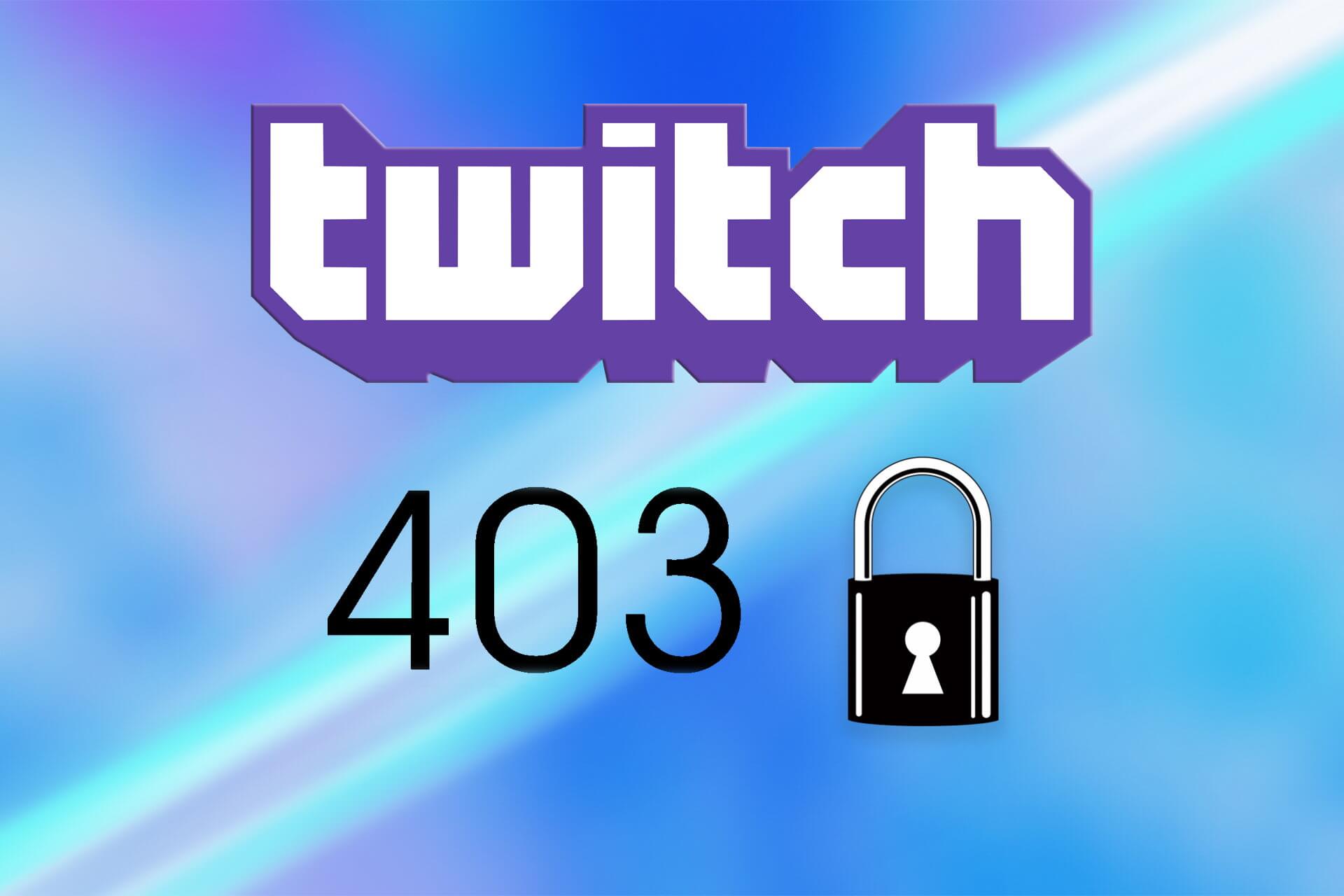
If this is the case, there is very little the user can do to gain access to the page. An example of this is when web pages contain images that can’t be accessed or copied easily. With some websites, searching for specific directories is actively prevented by the 403 status.


However, the true cause for an http error 403 varies from case to case there are many different reasons as to why an error 403 message might appear. The client was not authorized to access the webpage.
#Error 403 code#
The http status code 403 itself expresses that the requested URL does indeed exist, but the client’s request could not be carried out. As the status code name implies, the client is generally the – but not necessarily – the source of the problem. All 4xx http status codes are server responses that indicate that the request was unsuccessfully processed. Of this class, the best known is the 404 error message. Each error code is distinguished by an automatically generated HTML error page. These ‘ 4xx client error’ codes, which include the ‘403 forbidden’ message, differ from the ‘2xx success’ messages. If the procedure fails, however, a different class of error message will be displayed. This takes place within a fraction of a second and users do not usually see the code. If everything has been entered correctly, the browser sends an http status code of the ‘2xx success’ category (such as ‘200 OK’ or ‘201 created’) before loading the web page. When you attempt to open a web page, the browser sends a request to the appropriate web server via the hypertext transfer protocol (http). In order to understand 403 errors, it helps to visualize the process of accessing a web page. The http 403 error message can occur when surfing the internet, specifically during the communication between the http client and the http server (web server).


 0 kommentar(er)
0 kommentar(er)
